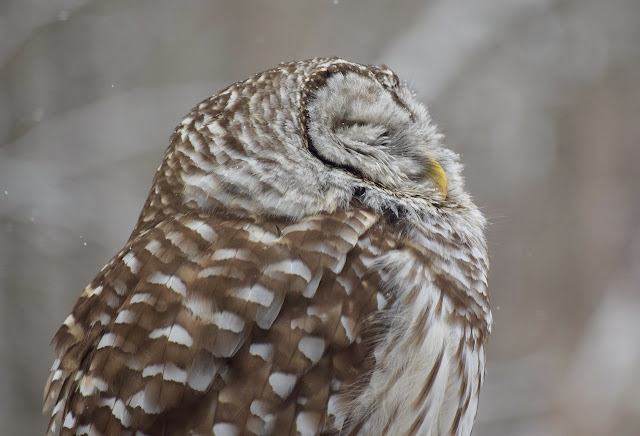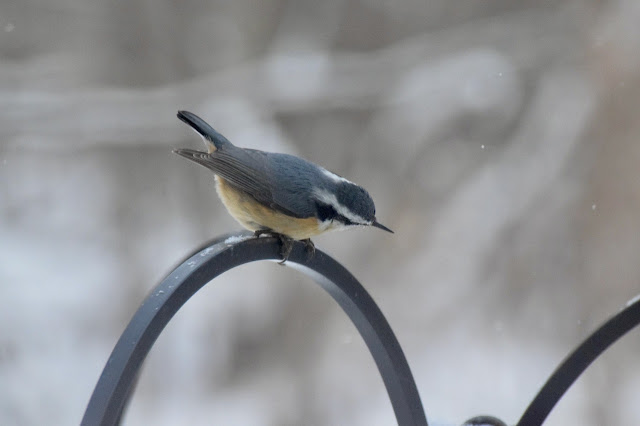text and photos by Maeve - Bernie stayed in Jericho Center, stacked next winter's firewood, worked in the garden, and did a lot of "inverting" at Mobbs Farm - His wonderful photos can be viewed on iNaturalist.
I love the ocean, so my first extended birding trip since COVID was to a few of Maine's many islands and peninsulas. I explored birding hotspots on ebird and decided on the Harpswell area and then Deer Isle. Here are some photos; I may add more later.
The Harpswell Heritage Land Trust has done an extraordinary job of identifying plots of land that are part of the area’s history and are also important to wildlife of many kinds. The many refuges were a real treat!
If I had to choose a favorite, it would be the Skofield Shores Preserve, with its dense woods and shoreline. I saw and heard twenty-eight species of birds there. The woods were FULL of warblers!
 |
| end of the trail at Skolfield Preserve |
The Curtis Farm Preserve features trails around an open area and into woods.
The Johnson Field Preserve represents a thoughtful desire of local residents to save this view of Mackerel Cove.
I did a lot of birding and ambling - but I also spent hours and hours just sitting and staring at waves and rocks and listening to the cries of gulls.
This handsome tom turkey appeared to be reading the information on old gravestones, but stopped to glare at me.
I also enjoyed a lot of seafood!
On the way from Harpswell to my next destination, I took a ferry ride to Isleboro. I love boat rides!
Harpswell and nearby Bailey's Island and Orr's Island are fairly crowded. I liked being there, but I much preferred Stonington on Deer Isle - right before the summer crowds arrived. Stonington is a working village: unpretentious and "real". I stayed at the Inn on the Harbor: several old buildings that still look old on the outside but hide beautifully-decorated and comfortable rooms.
A much longer ferry ride took me to Isle au Haut and close to Black Guillemots and two flying Razorbills.
 The whole list of birding locations and birds seen can be found in my ebird Trip Report.
The whole list of birding locations and birds seen can be found in my ebird Trip Report.




















































